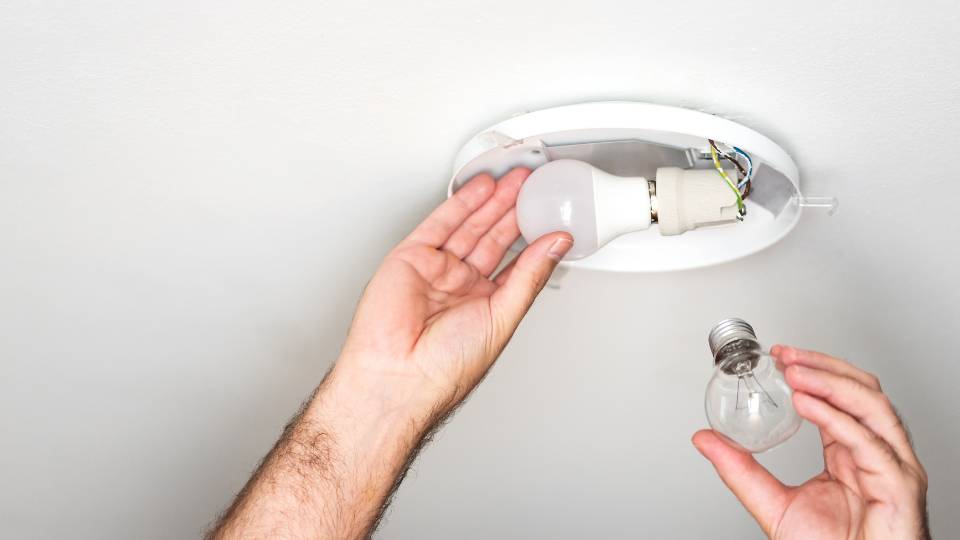
How to dispose of lightbulbs is a great question to ask with how essential they are to our daily lives.
It’s crucial to minimise environmental impact and comply with UK regulations.
Table of Contents
- Types of Lightbulbs
- General Tips for How to Dispose of Lightbulbs
- How to Dispose of Lightbulbs: Environmental Impact & Legal Compliance
- Conclusion
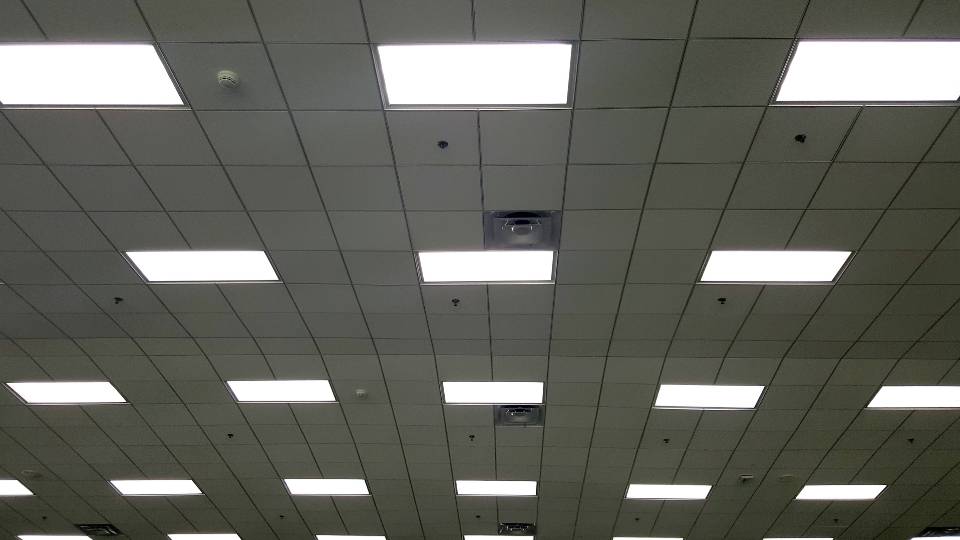
Types of Lightbulbs
Before we dive into the methods of how to dispose of lightbulbs, it’s important to identify the type of light bulb you have.
The most common types in the UK are:
- Incandescent Bulbs
- Halogen Bulbs
- Compact Fluorescent Lamps (CFLs)
- Light Emitting Diodes (LEDs)
- Fluorescent Tubes
Each type has specific disposal requirements.
Incandescent and Halogen Bulbs
Incandescent and halogen bulbs are not recyclable due to their materials. Here’s how to dispose of them:
1. Check for Recycling Programmes: Some local councils or recycling centres might accept them as part of a larger recycling programme.
Always check with your local authority first.
2. General Waste: If no recycling options are available, wrap the bulb in newspaper or bubble wrap to prevent it from breaking and place it in your general waste bin.
Compact Fluorescent Lamps (CFLs)
CFLs contain small amounts of mercury, making their disposal more complex:
1. Take to Recycling Centres: Most local recycling centres accept CFLs.
Use the postcode locator on the Recycle Now website to find your nearest facility.
2. Retailer Take-Back Schemes: Many retailers that sell CFLs also offer take-back schemes.
For example, stores like IKEA and some large supermarkets provide collection bins for used bulbs.
Light Emitting Diodes (LEDs)
LEDs are more environmentally friendly and can be recycled:
1. Recycling Centres: Take your old LEDs to a local recycling centre. Use the Recycle Now website to locate one near you.
2. Retailer Programmes: Similar to CFLs, some retailers offer recycling programmes for LEDs.
Fluorescent Tubes
Fluorescent tubes also contain mercury, so special care is needed:
1. Household Recycling Centres: These centres usually accept fluorescent tubes. Check with your local council for specific locations.
2. Special Collection: Some councils offer special collection services for hazardous waste, including fluorescent tubes. Contact your local authority for details.
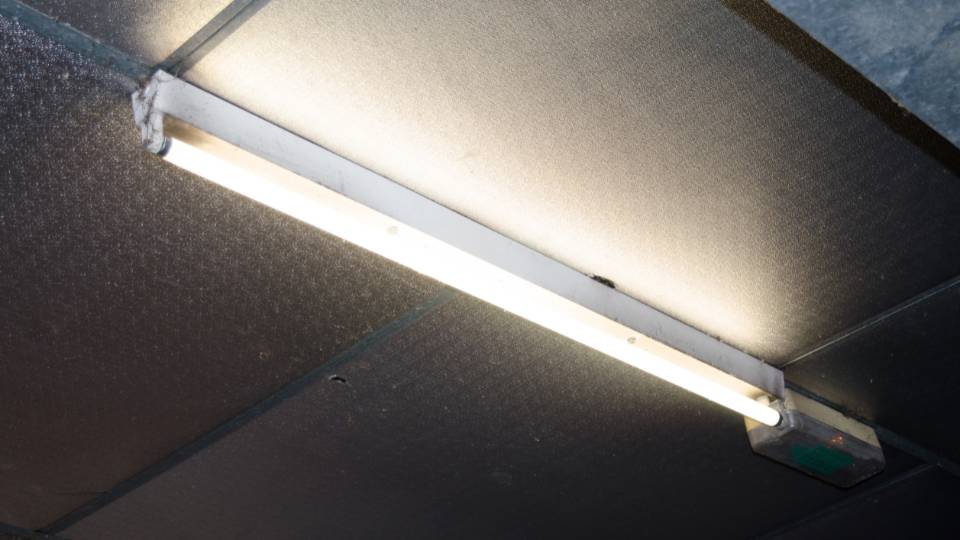
General Tips for How to Dispose of Lightbulbs
- Handle with Care:
Always handle old lightbulbs carefully to avoid breakage, especially those containing mercury.
- Use Proper Containers:
If a bulb breaks, use a sealed container to store the pieces and any cleanup materials.
- Check Local Regulations:
Disposal methods can vary by region, so it’s always best to check with your local council or recycling service for specific instructions.
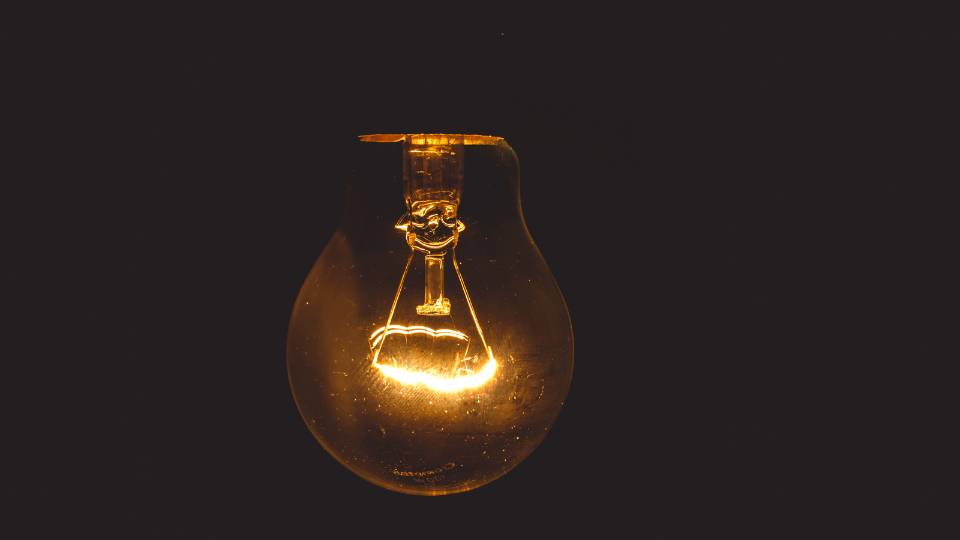
How to Dispose of Lightbulbs: Environmental Impact & Legal Compliance
Improper disposal of lightbulbs, especially those containing hazardous materials like mercury, can lead to environmental contamination and health risks.
The UK’s Waste Electrical and Electronic Equipment (WEEE) Regulations require responsible disposal and recycling of electronic waste, including lightbulbs.
Following the guidelines not only helps the environment but also ensures compliance with the law.
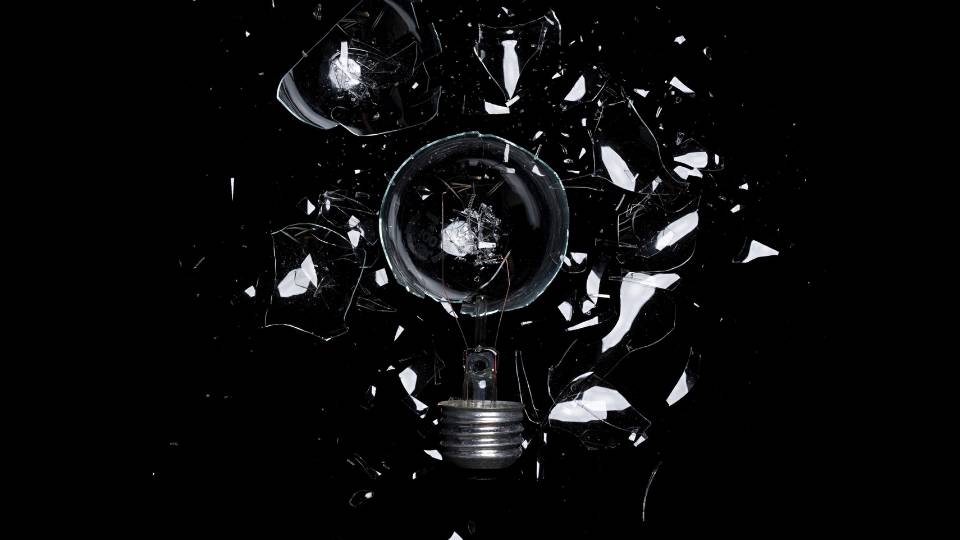
Conclusion
Proper disposal of lightbulbs is essential for environmental conservation and public health.
By following the appropriate steps for each type of bulb, you can contribute to a greener planet and adhere to UK regulations.
Always check local guidelines and take advantage of recycling programmes to ensure safe and responsible disposal.
For more information, visit the Recycle Now website or contact your local council.
Let’s work together to make lightbulb disposal a bright idea for the environment!








